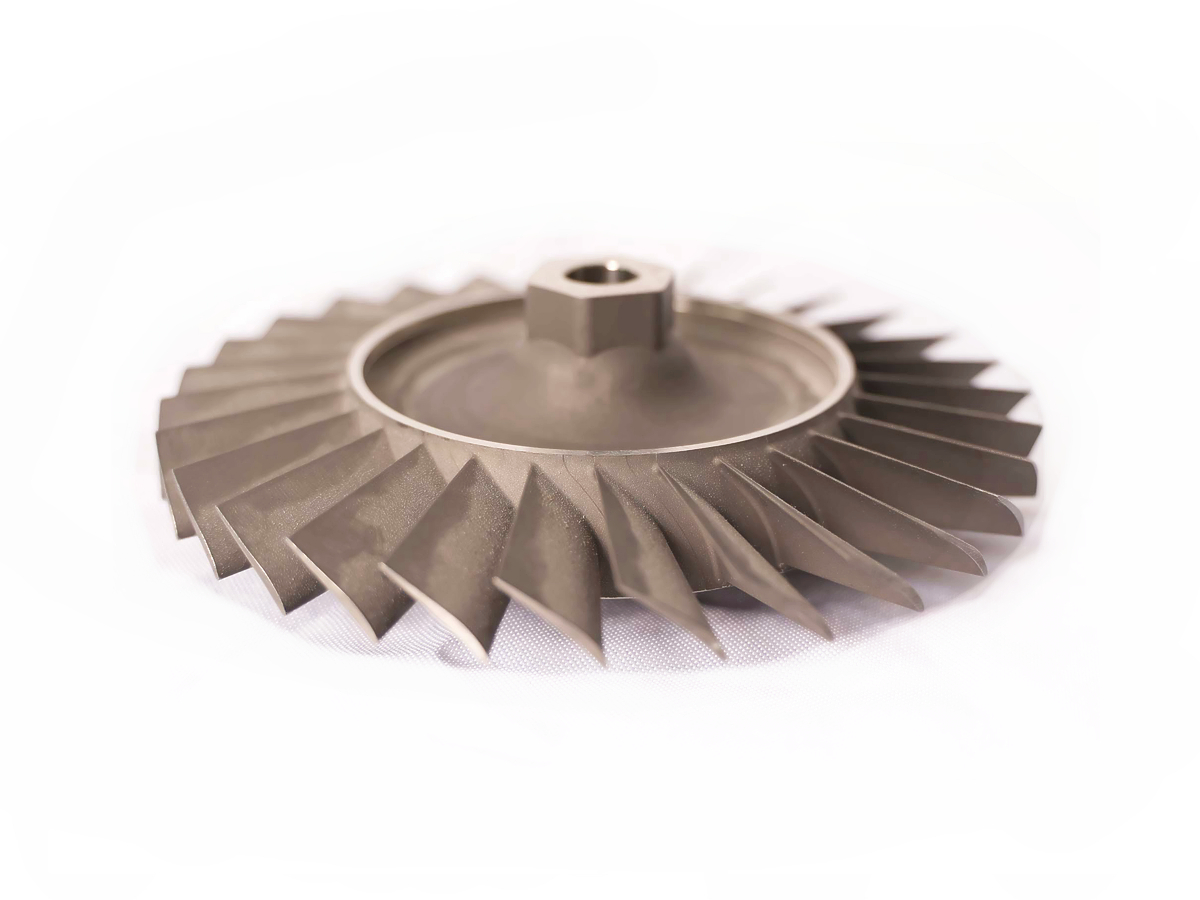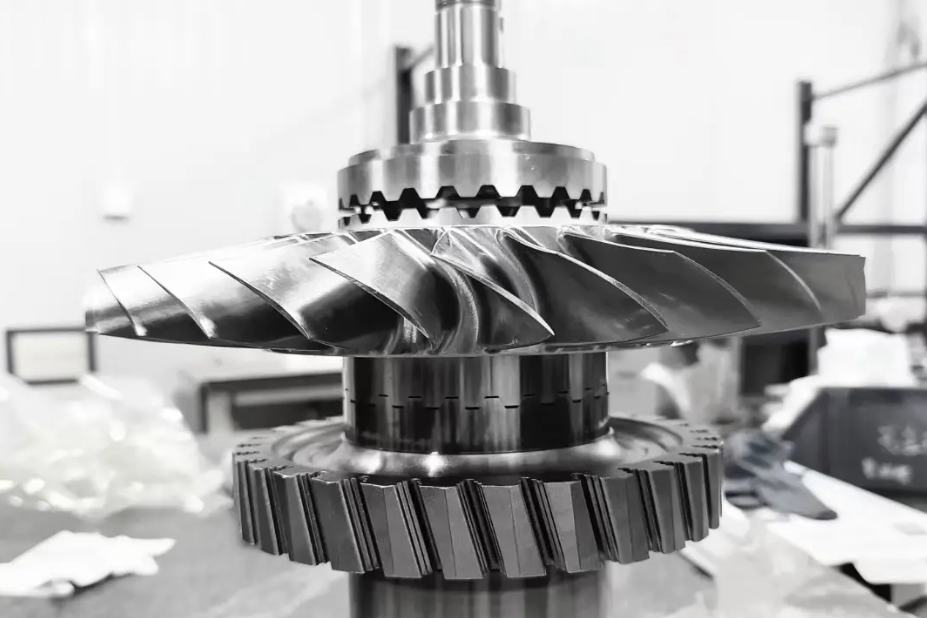What considerations are needed when setting parameters for thin-walled superalloy components?
Machining thin-walled components from superalloys represents one of the most demanding challenges in precision manufacturing. The combination of the material's inherent high strength, work-hardening tendency, and low thermal conductivity, along with the structural compliance of a thin wall, creates a high risk of geometric inaccuracy, chatter, and part damage. Success hinges on a strategic approach that prioritizes stability, heat management, and minimal residual stress throughout the CNC machining process.
Paramount Consideration: Managing Forces and Vibration
The primary enemy of thin-wall machining is excessive cutting force, which can cause deflection, dimensional inaccuracy, and catastrophic chatter. To combat this, a high-speed, light-cut strategy is essential. This involves using significantly higher spindle speeds than for bulk material to leverage the speed effect, where the material shears more cleanly before it can work harden. Crucially, this must be paired with low radial depths of cut (step-overs) and moderate to low feed rates. The goal is to maintain a consistent, small chip load that minimizes the radial force pushing against the fragile wall. This often necessitates specialized toolpaths in multi-axis machining service that engage the tool gradually and avoid full-width cuts that would slam into the wall.
Tool selection is equally critical. Tools must be sharp, with a positive rake angle to reduce cutting forces and promote clean shearing. A larger helix angle (45° or higher) shears the material more efficiently and pulls chips upward, reducing heat buildup. To maximize rigidity, tools should be the largest possible diameter and shortest possible length to reach the required depth. For those with very deep pockets, CNC milling with variable-pitch tools can help mitigate harmonic vibrations that lead to chatter.
Strategic Approach: Thermal and Stress Management
Superalloys' poor thermal conductivity causes heat to concentrate in the cutting zone and the thin workpiece, rather than being carried away with the chip. Uncontrolled heat leads to thermal expansion of the part during machining, resulting in inaccurate dimensions when it cools, and can also induce a layer of severe work hardening. A high-pressure coolant system (70-140 bar) is not just beneficial but often mandatory. It penetrates the cutting zone to dissipate heat, break chips effectively, and prevent them from re-cutting or welding to the tool or workpiece.
The sequence of operations must be designed to manage internal stresses. A balanced, multi-stage approach is required: roughing, semi-finishing, stress relief, and final finishing. After roughing away the bulk of the material, it is often necessary to perform a heat treatment for CNC machining to relieve the stresses induced by initial material removal. The part is then re-fixtured or re-located before semi-finishing and finishing to ensure final cuts are made on a stable, stress-equilibrated component. This is a key practice in our prototyping service for critical components to validate the process before moving to low volume manufacturing.
Practical Execution: Fixturing and In-Process Validation
Fixturing for thin-walled superalloys requires ingenuity. The goal is to support the wall directly from behind, often using low-melting-point fusible alloys, thermoplastics, or engineered sacrificial supports that are machined away in the final operations. For complex geometries, one stop service providers often employ custom vacuum chucks or magnetic workholding for uniform clamping pressure without distortion.
Finally, in-process validation is key. This can involve using non-contact probes to measure critical dimensions between finishing passes, allowing for compensatory adjustments. After machining, components for high-temperature applications may also require specialized thermal barrier coating for CNC components to perform in their operational environment, a consideration that begins with ensuring the underlying substrate is machined without micro-cracks or tensile stresses.



